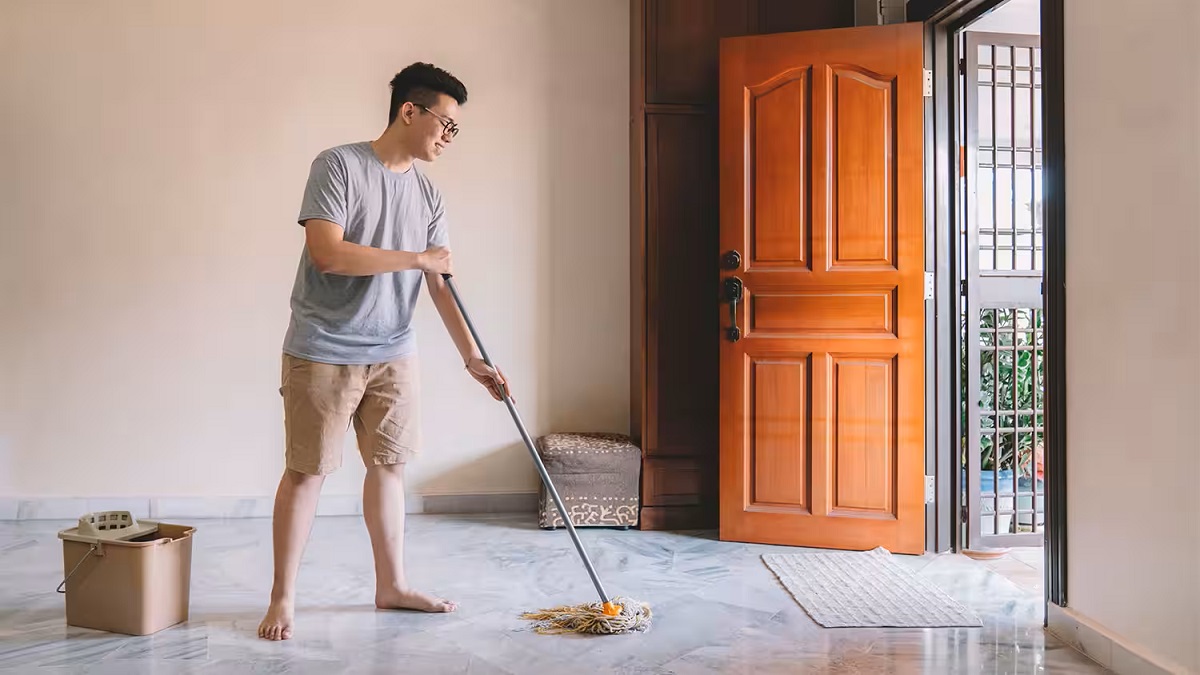

Articles
How To Clean Marble Floor
Modified: August 23, 2024
Discover the best articles on how to clean marble floors and keep them looking pristine. Learn expert tips and tricks for maintaining the beauty of your marble flooring.
(Many of the links in this article redirect to a specific reviewed product. Your purchase of these products through affiliate links helps to generate commission for Storables.com, at no extra cost. Learn more)
Introduction
Marble floors are known for their beauty and sophistication. The smooth and elegant surface of marble can instantly elevate the aesthetics of any space. However, keeping your marble floor clean and well-maintained is crucial to preserve its natural shine and prevent damage.
In this guide, we will walk you through the step-by-step process of cleaning your marble floor. Whether you have marble flooring in your home or office, our tips and techniques will help you achieve a spotless and gleaming marble surface.
Before we dive into the cleaning process, it’s important to note that marble is a natural stone, and it requires gentle care to avoid scratches, stains, and discoloration. Therefore, it is essential to use the right tools and cleaning solutions to ensure the longevity and beauty of your marble floor.
Let’s begin by gathering the necessary tools and materials you’ll need for the cleaning process.
Key Takeaways:
- Preserve the natural beauty of your marble floor by using gentle cleaning solutions, soft tools, and regular maintenance to prevent damage and maintain its elegant shine.
- Prepare, clean, and maintain your marble floor with the right tools, techniques, and care to ensure its longevity and keep it looking pristine for years to come.
Read more: How To Mop Marble Floors
Tools and Materials Needed
- Soft-bristle broom or dust mop
- Microfiber mop or soft cloth
- Bucket
- Mild pH-neutral soap or marble-specific cleaner
- Warm water
- White vinegar (optional)
- Paper towels
- Stone or marble sealer
- Marble polish or wax (optional)
Having the right tools and materials is essential for effectively cleaning your marble floor without causing any damage. Here’s a breakdown of each item:
- Soft-bristle broom or dust mop: This will help remove loose dirt, dust, and debris from the surface before cleaning.
- Microfiber mop or soft cloth: Use this to apply the cleaning solution and gently scrub the floor. Microfiber materials are ideal for marble floors as they are less likely to scratch the surface.
- Bucket: Fill it with warm water to create the cleaning solution.
- Mild pH-neutral soap or marble-specific cleaner: Look for cleaning solutions that are specifically formulated for marble floors to avoid any harsh chemicals that can damage the surface. Alternatively, you can use a mild pH-neutral soap for gentle cleaning.
- Warm water: You will need this to dilute the cleaning solution.
- White vinegar (optional): Vinegar can be used as a natural cleaner for removing stubborn stains. However, you need to be cautious as vinegar is acidic and can etch the marble surface. Use it sparingly and test it on a small, inconspicuous area first.
- Paper towels: These are useful for blotting and drying the marble floor.
- Stone or marble sealer: Applying a sealer will help protect the surface from stains and damage. Choose a sealer specifically designed for marble floors.
- Marble polish or wax (optional): If you want to restore the shine and luster of your marble floor, you can use a marble polish or wax to achieve a glossy finish. However, this step is optional and should only be done occasionally.
Now that you have all the necessary tools and materials, let’s move on to preparing your marble floor for cleaning.
Preparing the Marble Floor
Before you begin the actual cleaning process, it is essential to prepare your marble floor to ensure effective cleaning and prevent any potential damage. Follow these steps to properly prepare your marble floor:
- Clear the Area: Remove any furniture, rugs, or objects from the marble floor. This will give you unobstructed access to clean the entire surface.
- Dust and Sweep: Use a soft-bristle broom or dust mop to remove any loose dirt, dust, or debris from the floor. Make sure to reach into corners and edges where dirt tends to accumulate.
- Gently Vacuum: If you have a vacuum cleaner with a soft brush attachment, you can use it to remove any remaining particles from the surface. Be gentle to avoid scratching the marble.
- Protect Baseboards and Edges: If you have baseboards or any other delicate areas near the marble floor, apply low-tack painter’s tape or protective plastic wrap to prevent any accidental contact with the cleaning solution.
Once you have prepared the marble floor, you are now ready to choose the right cleaning solution.
Choosing the Right Cleaning Solution
When it comes to cleaning your marble floor, it’s crucial to select the right cleaning solution to ensure gentle yet effective cleaning. Here are some guidelines to consider:
- pH-Neutral Soap: Look for a mild pH-neutral soap that is suitable for cleaning marble floors. Avoid using harsh detergents or acidic cleaners, as they can damage the delicate surface of marble.
- Marble-Specific Cleaner: Alternatively, you can opt for a cleaner specifically formulated for marble floors. These cleaners are often pH-balanced and designed to remove dirt and stains without harming the stone.
- Dilution Ratio: Depending on the specific cleaning solution you choose, follow the manufacturer’s instructions regarding the dilution ratio. It’s important not to use excessive amounts of cleaner, as it may leave residue on the marble surface.
- Test in an Inconspicuous Area: Before applying the cleaning solution to the entire floor, test it in a small, hidden area of the marble floor. This will help determine if the cleaner is safe to use and if it causes any adverse reactions or discoloration.
Moreover, it’s worth noting that in some cases, a simple solution of warm water and a microfiber mop may be sufficient for routine cleaning of your marble floor. However, for more stubborn stains or deeper cleaning, using a cleaning solution is recommended.
Now that you have chosen the appropriate cleaning solution, let’s move on to the step-by-step process of cleaning your marble floor.
Cleaning the Marble Floor
Now that you have prepared the marble floor and chosen the right cleaning solution, it’s time to proceed with the cleaning process. Follow these steps to effectively clean your marble floor:
- Dilute the Cleaning Solution: In a bucket, combine the cleaning solution with warm water according to the manufacturer’s instructions or the appropriate dilution ratio. Stir the solution gently to mix it well.
- Soak the Mop or Cloth: Dip a microfiber mop or soft cloth into the cleaning solution. Make sure it is damp but not dripping wet.
- Wring Out Excess Liquid: Wring out the mop or cloth to remove any excess liquid. You want it to be damp, not soaked, to avoid oversaturating the marble.
- Start Mopping: Begin mopping the marble floor using gentle, circular motions. Work in small sections, overlapping each stroke slightly to ensure full coverage.
- Pay Attention to Stains: For stubborn stains or spots, apply a bit of extra pressure and scrub the area gently using the mop or cloth. Avoid using abrasive scrub brushes or scouring pads, as they can scratch the marble.
- Rinse and Repeat: As you clean each section, periodically rinse and wring out the mop or cloth in the cleaning solution to avoid spreading dirt and grime. This will ensure that you are cleaning with a clean solution throughout the process.
- Change the Cleaning Solution if Necessary: If the cleaning solution becomes visibly dirty or cloudy, change the solution in the bucket to maintain effectiveness.
- Dry the Floor: After you have cleaned the entire marble floor, use a dry, soft cloth or paper towels to blot the surface and remove any moisture. This step is crucial to prevent water spots or streaks on the marble.
Remember to work carefully and gently to avoid scratching the marble surface. Take your time and pay attention to detail for the best results.
If you encounter any stubborn stains or spots that are resistant to normal cleaning methods, proceed to the next step for specific instructions on how to remove them.
Use a pH-neutral cleaner and a soft mop or cloth to clean marble floors. Avoid using acidic or abrasive cleaners, as they can damage the surface. Wipe up spills immediately to prevent staining.
Read more: How To Clean Marble
Removing Stains and Spots
Despite your best efforts, your marble floor may occasionally develop stains or spots. Don’t worry! Here are some effective methods for removing common stains from marble:
- Organic Stains (such as food, coffee, or wine): Blot the stain immediately with a clean cloth. Create a paste by mixing baking soda and water, then apply the paste to the stain. Cover it with plastic wrap and let it sit overnight. Rinse the area with water and dry it thoroughly.
- Oil-Based Stains (such as grease or cosmetics): Gently blot the stain with a clean cloth. Mix a solution of one part acetone or hydrogen peroxide and three parts water. Dampen a cloth with the solution and place it on the stain. Cover it with plastic wrap and let it sit for a few hours. Rinse the area with water and dry it thoroughly.
- Ink or Dye Stains: Apply a few drops of hydrogen peroxide to the stain and let it sit for a few minutes. Blot the stain with a clean cloth or tissue. Repeat if necessary until the stain is removed. Rinse the area with water and dry it thoroughly.
- Rust Stains: Mix lemon juice with baking soda to create a paste. Apply the paste to the stain and let it sit for a few minutes. Gently scrub the stain with a soft cloth or sponge. Rinse the area with water and dry it thoroughly.
- Etch Marks (caused by acidic substances): Lightly sand the etch mark with a fine-grit sandpaper or polishing pad. Be gentle to avoid further damage. Rinse the area with water and dry it thoroughly. If the etch mark persists, consult a professional marble restoration specialist.
Remember to always test any cleaning solution or method on a small, inconspicuous area of the marble floor before applying it to the stain. This will help ensure that it doesn’t cause any discoloration or damage to the marble.
After you have successfully removed the stains, it’s time to dry and polish your marble floor to restore its natural shine.
Drying and Polishing the Marble Floor
After cleaning and removing any stains from your marble floor, it’s important to properly dry and polish the surface to enhance its shine and protect it from future damage.
- Blot Excess Moisture: Use a soft cloth or paper towels to gently blot the surface and remove any remaining moisture. Make sure the floor is completely dry before moving on to the polishing step.
- Apply Marble Sealer: If you haven’t applied a marble sealer yet or if it’s been a while since the last application, now is the perfect time. Follow the manufacturer’s instructions to apply the sealer evenly onto the marble floor. Allow the sealer to fully dry and cure as recommended.
- Polish the Surface: If you want to achieve an extra level of shine and luster, you can polish the marble floor. Use a marble polish specifically designed for flooring and apply it according to the product instructions. Typically, you will need to apply the polish in small, circular motions using a soft cloth or a designated polishing pad. Allow the polish to dry and then buff the floor gently to reveal a dazzling shine.
- Consider Waxing (optional): Waxing is another optional step that can add an additional layer of protection and shine to your marble floor. Make sure to use a wax product specifically formulated for marble surfaces. Apply it sparingly using a soft cloth or applicator and follow the instructions on the product label. Buff the waxed areas to achieve a smooth and glossy finish.
Regularly polishing and waxing your marble floor will help maintain its beauty and make it more resistant to scratches and stains. However, keep in mind that excessive polishing or waxing can lead to a buildup over time, so it’s important to follow the manufacturer’s recommendations and avoid overdoing it.
Now that you have learned how to dry and polish your marble floor, let’s move on to some essential maintenance tips to keep your marble floor looking pristine.
Regular Maintenance Tips
To keep your marble floor looking its best, regular maintenance is key. Follow these tips to ensure the longevity and beauty of your marble floor:
- Regular Cleaning: Sweep or dust mop your marble floor regularly to prevent dirt, dust, and debris from accumulating. This simple step will help prevent scratches and maintain the shine.
- Wipe up Spills Immediately: Marble is porous and can absorb liquids, leading to staining or etching. Clean up any spills promptly to prevent them from seeping into the marble surface.
- Use Coasters and Mats: Place coasters under glasses and mats or rugs in high-traffic areas to protect the marble from scratches and stains. Make sure the mats or rugs have a non-slip backing to prevent accidents.
- Avoid Harsh Chemicals: When cleaning your marble floor, use only mild pH-neutral soap or marble-specific cleaners. Harsh chemicals and acidic substances can damage the surface.
- Avoid Abrasive Tools: Avoid using harsh or abrasive tools, such as steel wool or scrub brushes, as they can scratch the marble. Stick to soft cloths, microfiber mops, or gentle scrubbing sponges.
- Protect from Furniture Scratches: Attach felt pads or rubber protectors to the bottom of furniture legs to prevent them from scratching the marble floor when moved.
- Avoid Excessive Sun Exposure: Prolonged exposure to direct sunlight can cause fading or discoloration of your marble floor. Consider using curtains or blinds to filter out UV rays during peak sunlight hours.
- Regular Sealing: Depending on the type of marble and the level of foot traffic, it’s recommended to reapply a marble sealer every 6-12 months. This will help maintain the resistance to stains and damage.
- Periodic Professional Care: Depending on the condition of your marble floor, consider hiring a professional marble restoration specialist for periodic deep cleaning, polishing, and maintenance.
By following these regular maintenance tips, you can ensure that your marble floor remains in pristine condition for years to come.
Now that you are equipped with the knowledge for cleaning and maintaining your marble floor, you can enjoy its beauty without worries of damage or dullness.
Conclusion
Cleaning and maintaining your marble floor is a crucial step in preserving its beauty and ensuring its longevity. By following the right techniques and using the appropriate tools and cleaning solutions, you can keep your marble floor looking spotless and gleaming.
Remember to start by preparing the marble floor, clearing the area and removing loose dirt and debris. Choose a gentle yet effective cleaning solution, such as a mild pH-neutral soap or a marble-specific cleaner. Dilute the solution correctly and test it in a small area before applying it to the entire floor.
When cleaning, use a soft mop or cloth and gentle circular motions to avoid scratching the marble surface. Pay attention to any stubborn stains and use specific stain removal methods accordingly, taking caution not to damage the marble further.
After cleaning, make sure to thoroughly dry the floor and consider applying a marble sealer for added protection. If desired, you can polish the marble surface to restore its shine, but do so sparingly to avoid a buildup of polish.
Regular maintenance is essential to keep your marble floor in optimal condition. Sweep or dust mop regularly, wipe up spills immediately, and use coasters and mats to protect the surface from scratches. Avoid harsh chemicals, abrasive tools, and excessive sun exposure. Regularly seal the marble and consider professional care periodically to maintain its beauty.
By following these steps and tips, you can enjoy a beautiful and well-maintained marble floor that enhances the aesthetics of your space for years to come.
So go ahead, embrace the luxury and elegance of marble and let its natural beauty shine through with proper cleaning and maintenance.
Frequently Asked Questions about How To Clean Marble Floor
Was this page helpful?
At Storables.com, we guarantee accurate and reliable information. Our content, validated by Expert Board Contributors, is crafted following stringent Editorial Policies. We're committed to providing you with well-researched, expert-backed insights for all your informational needs.
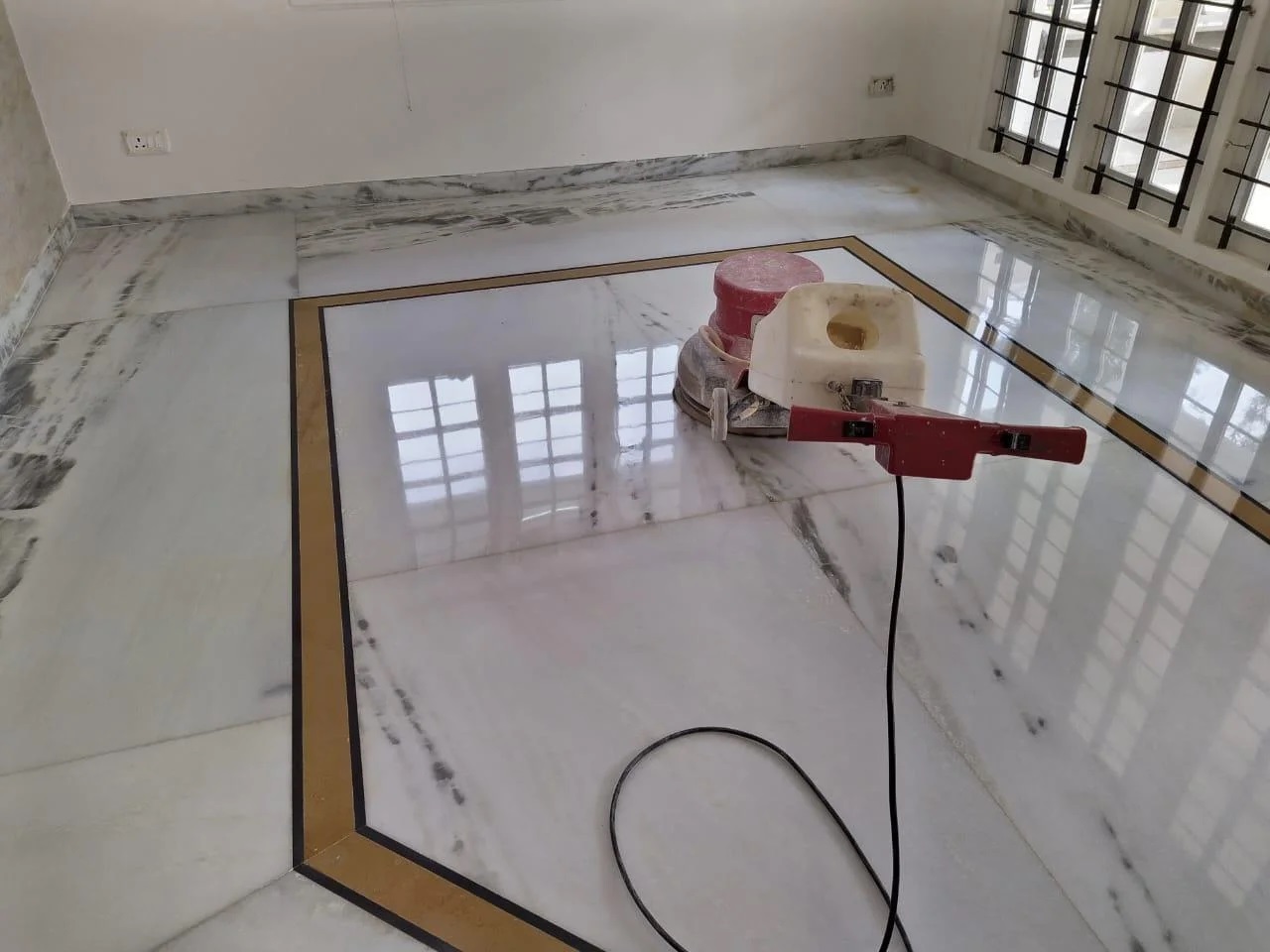
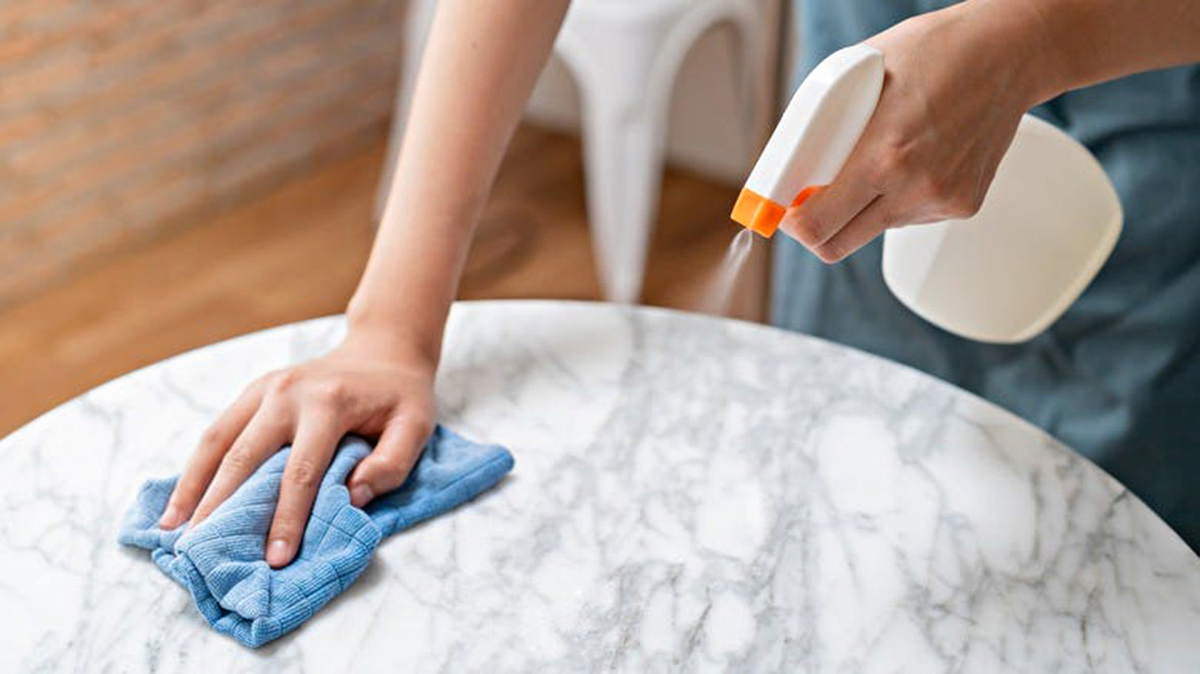
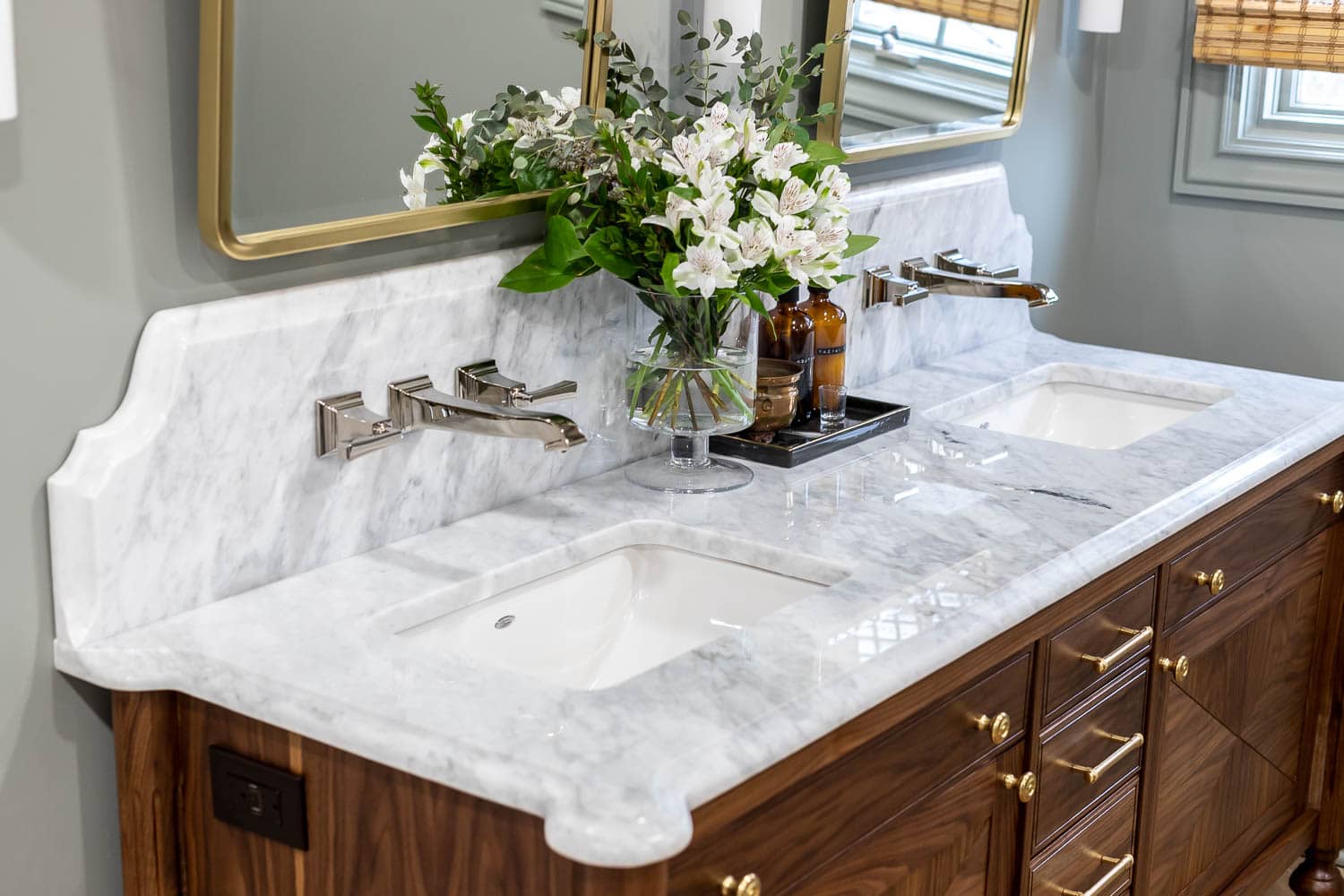
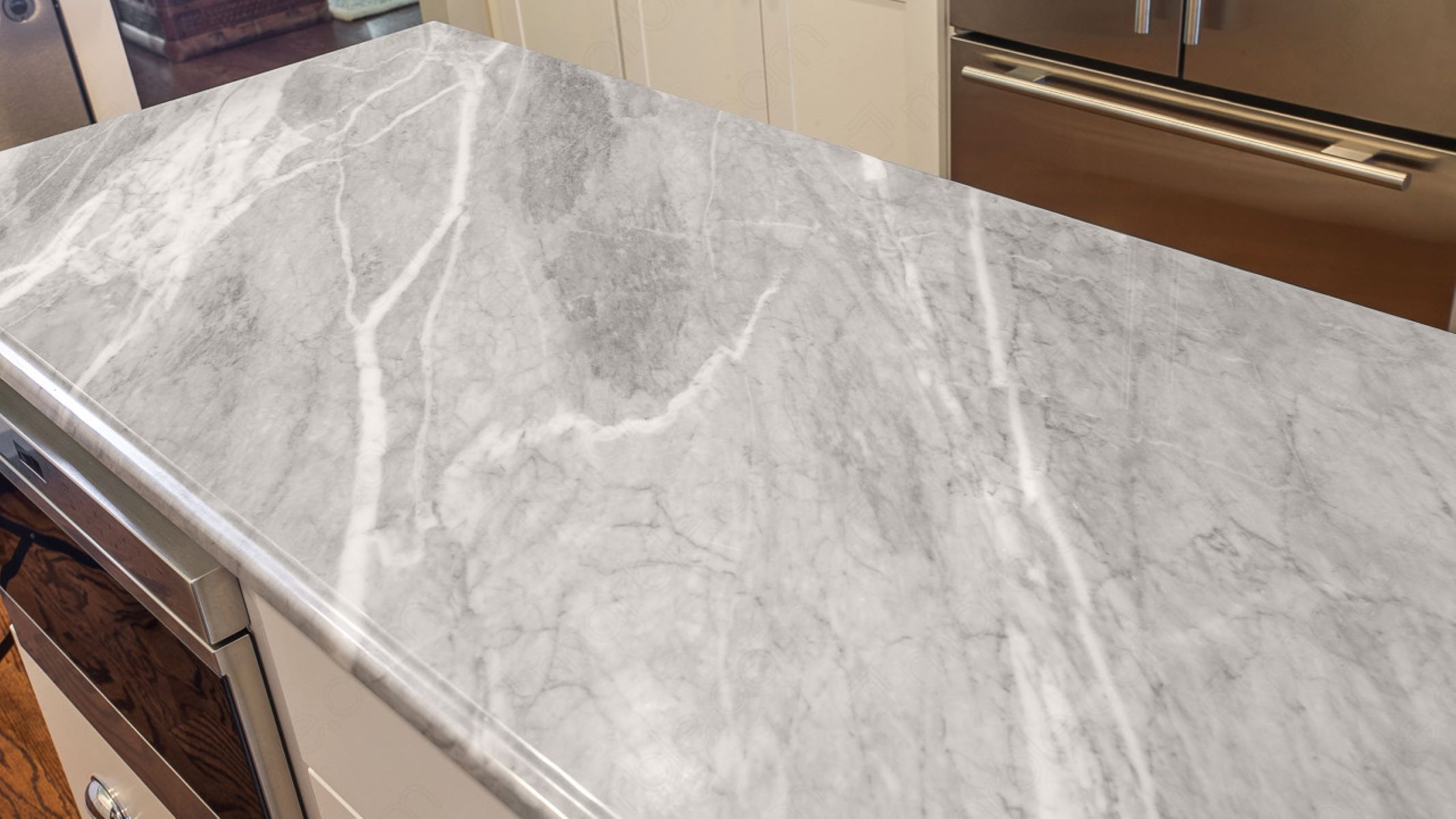
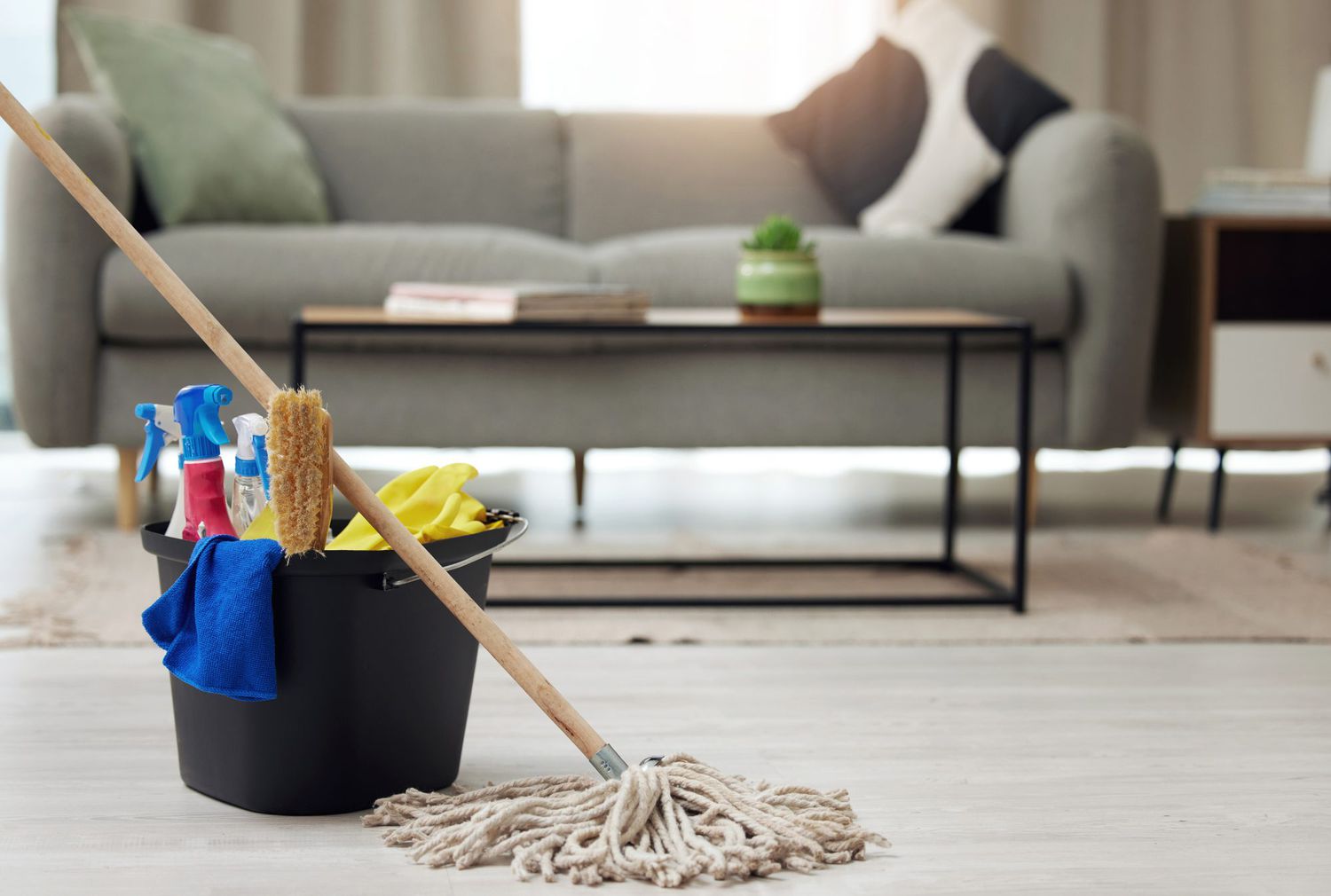
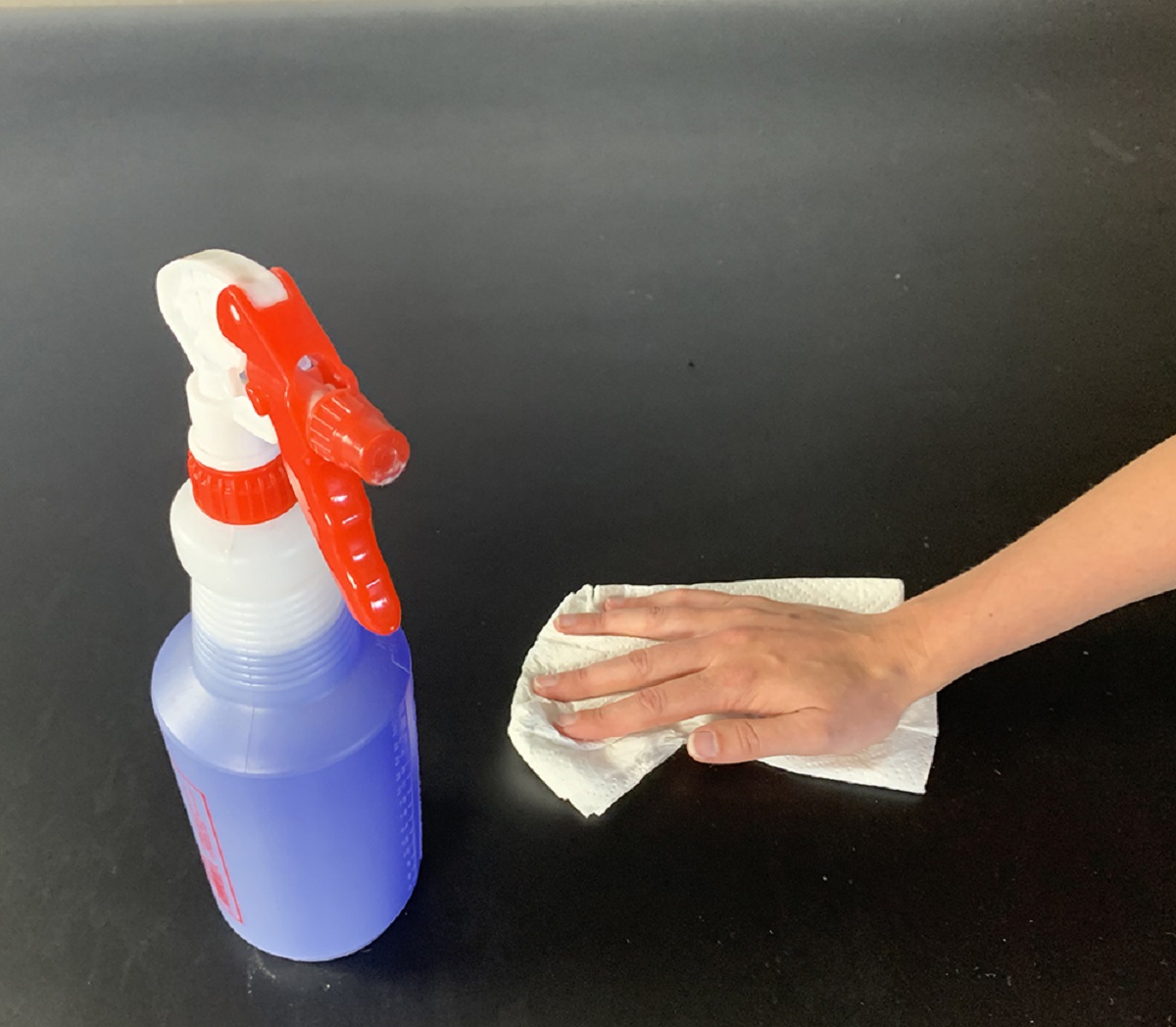
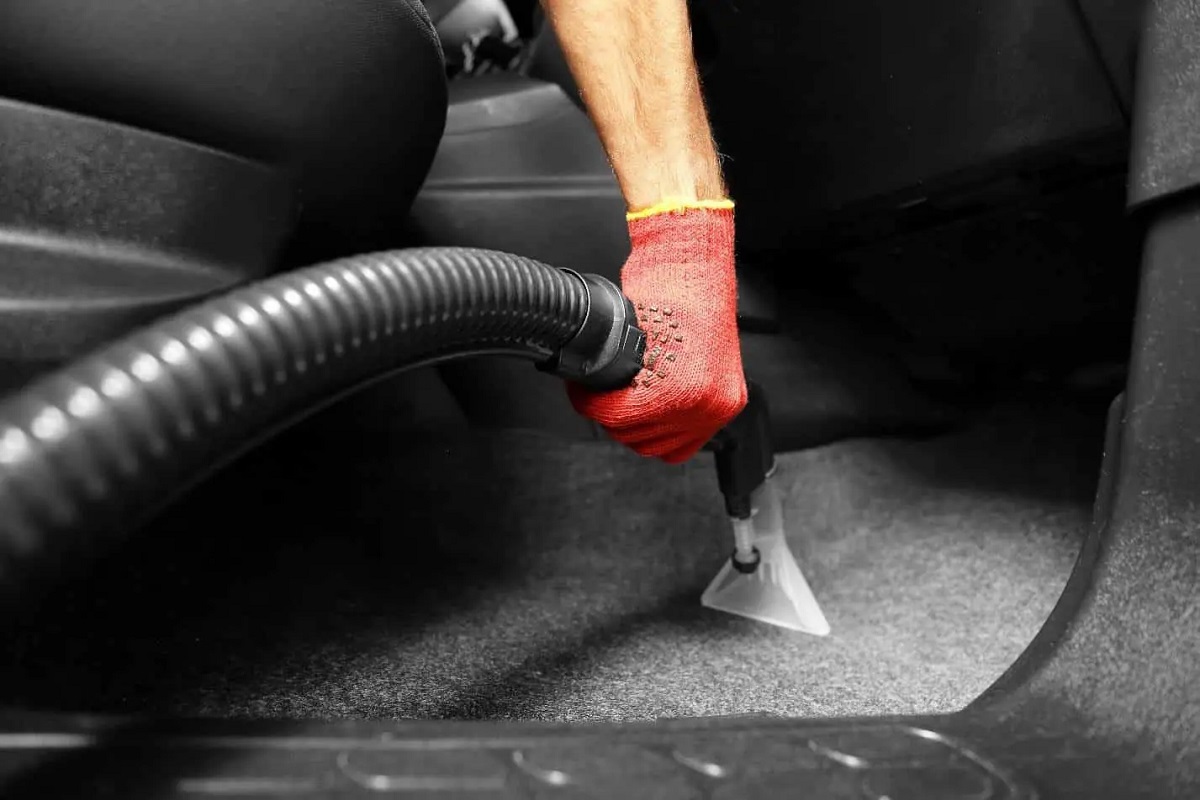
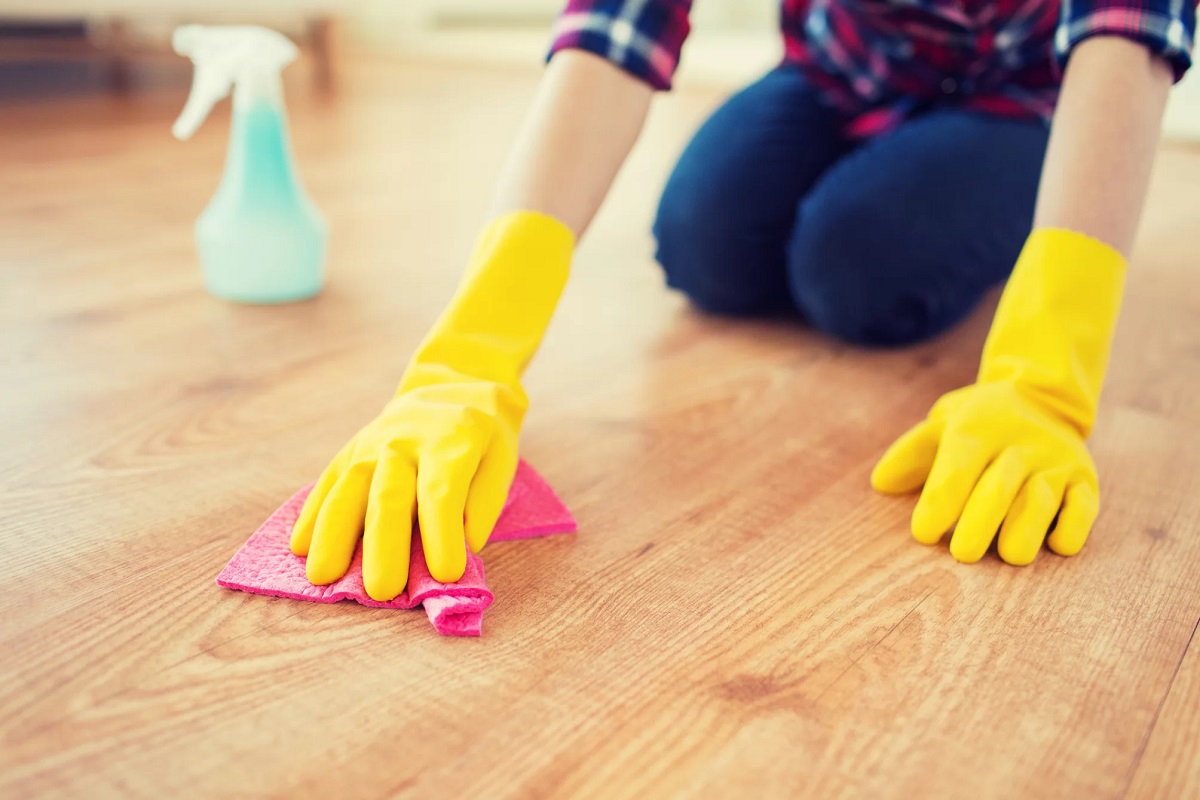
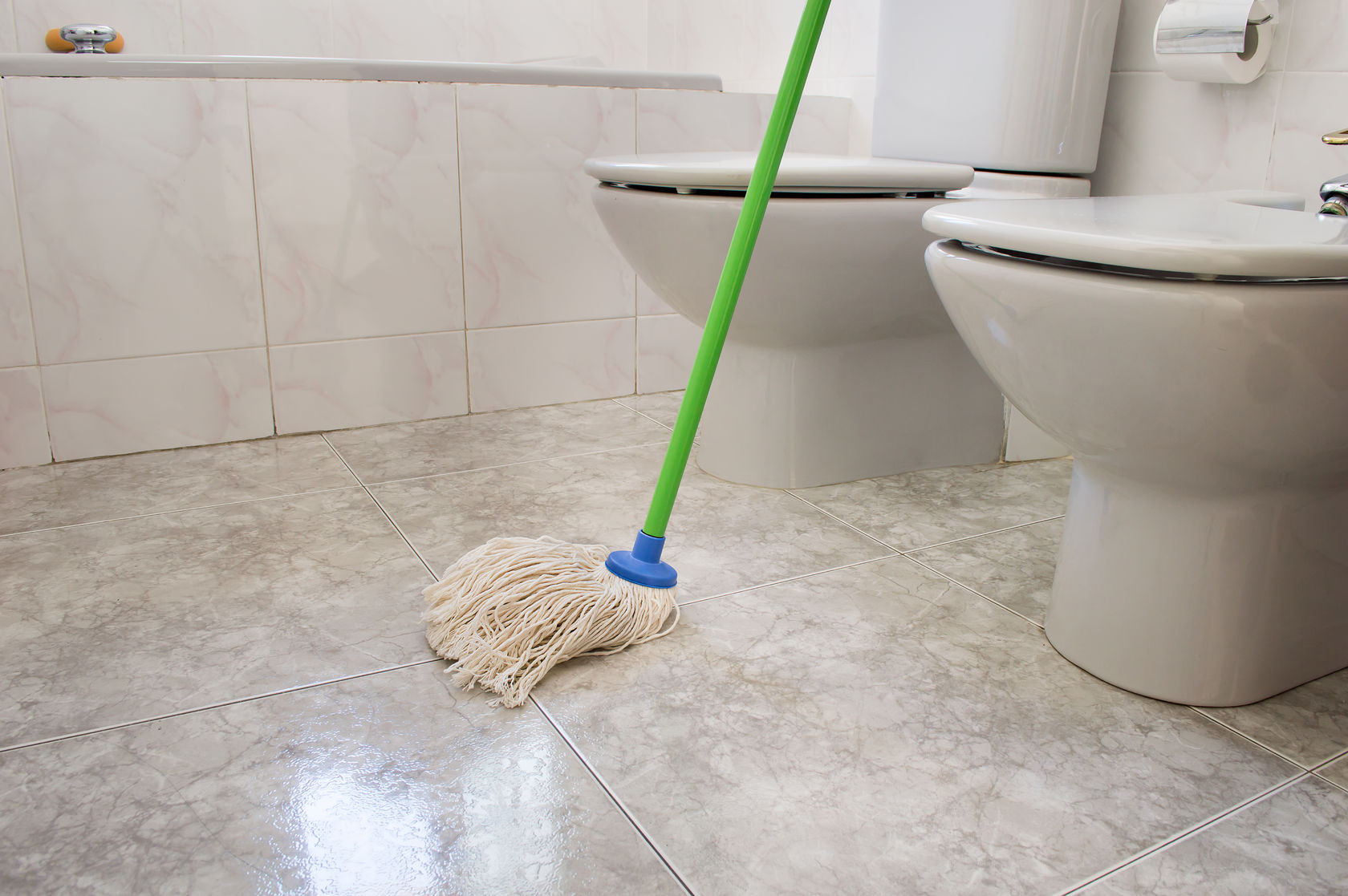
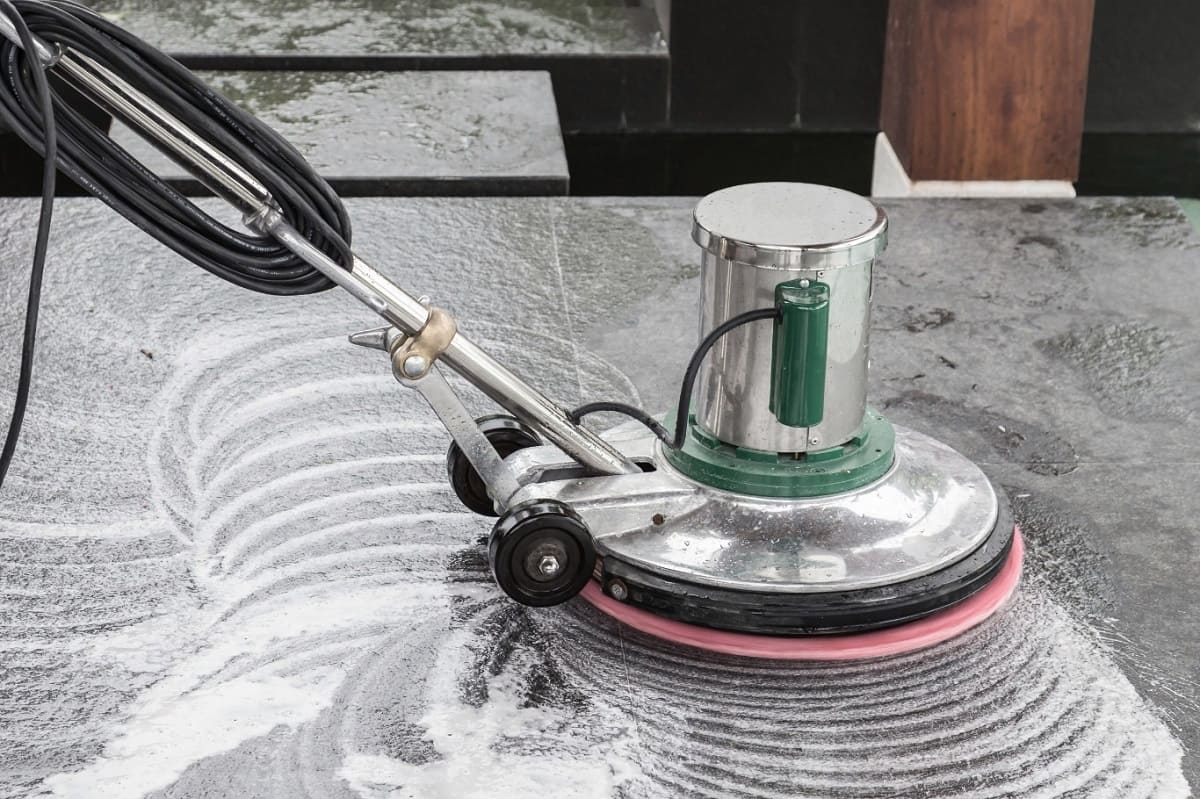
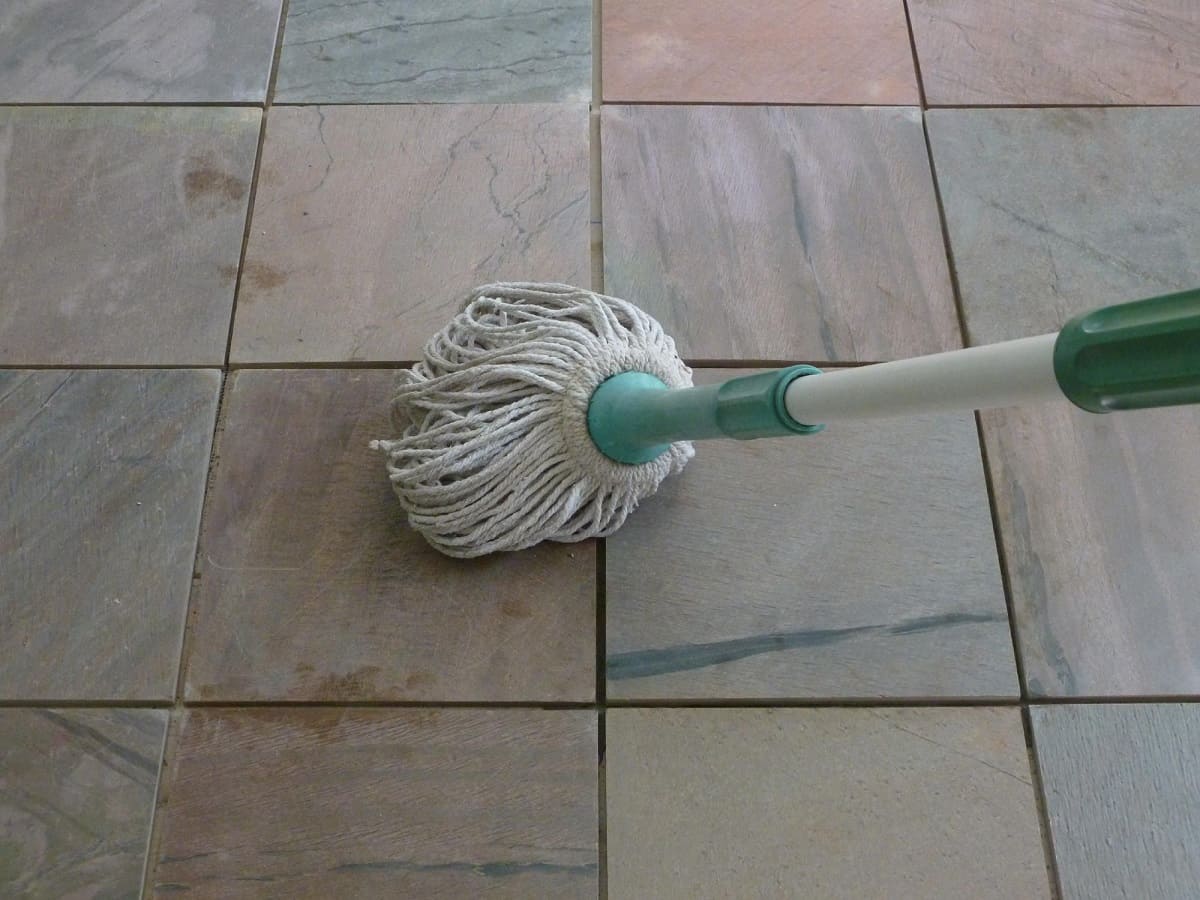
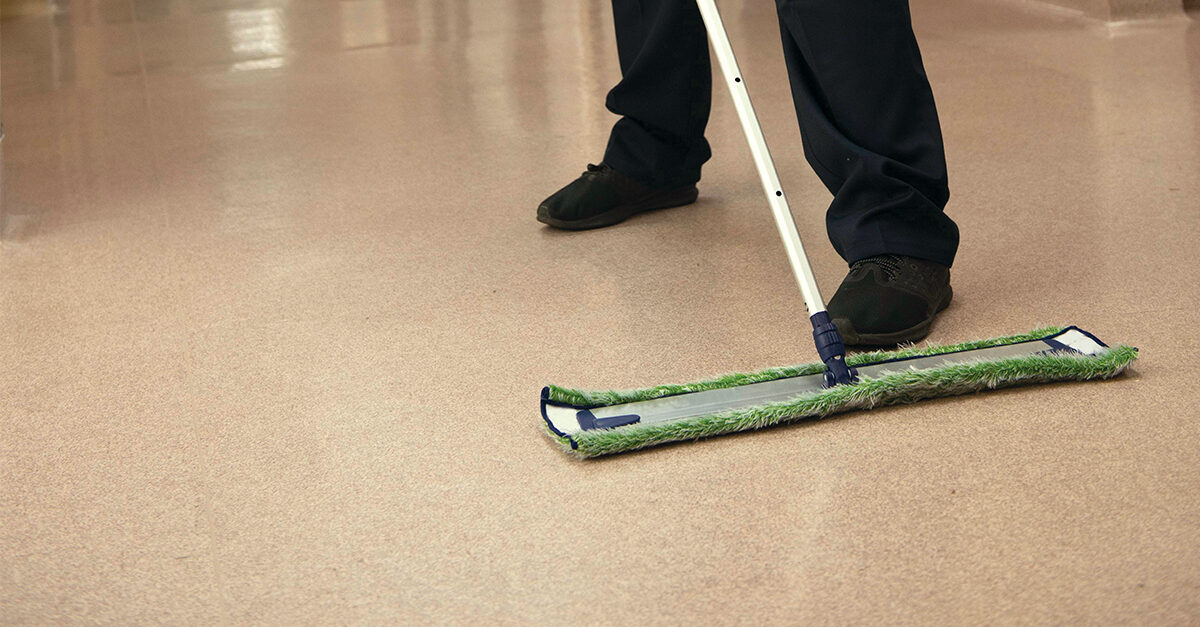
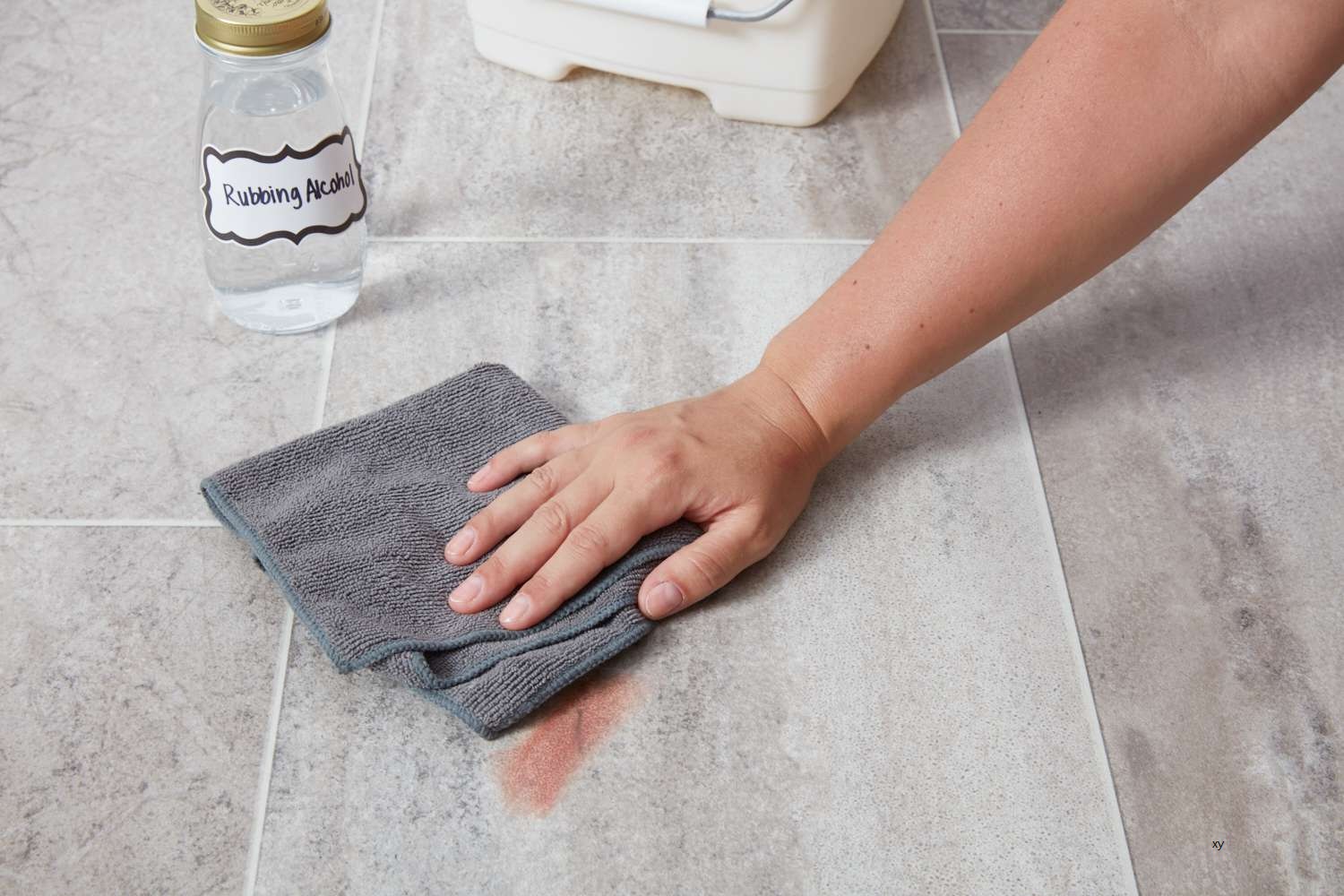
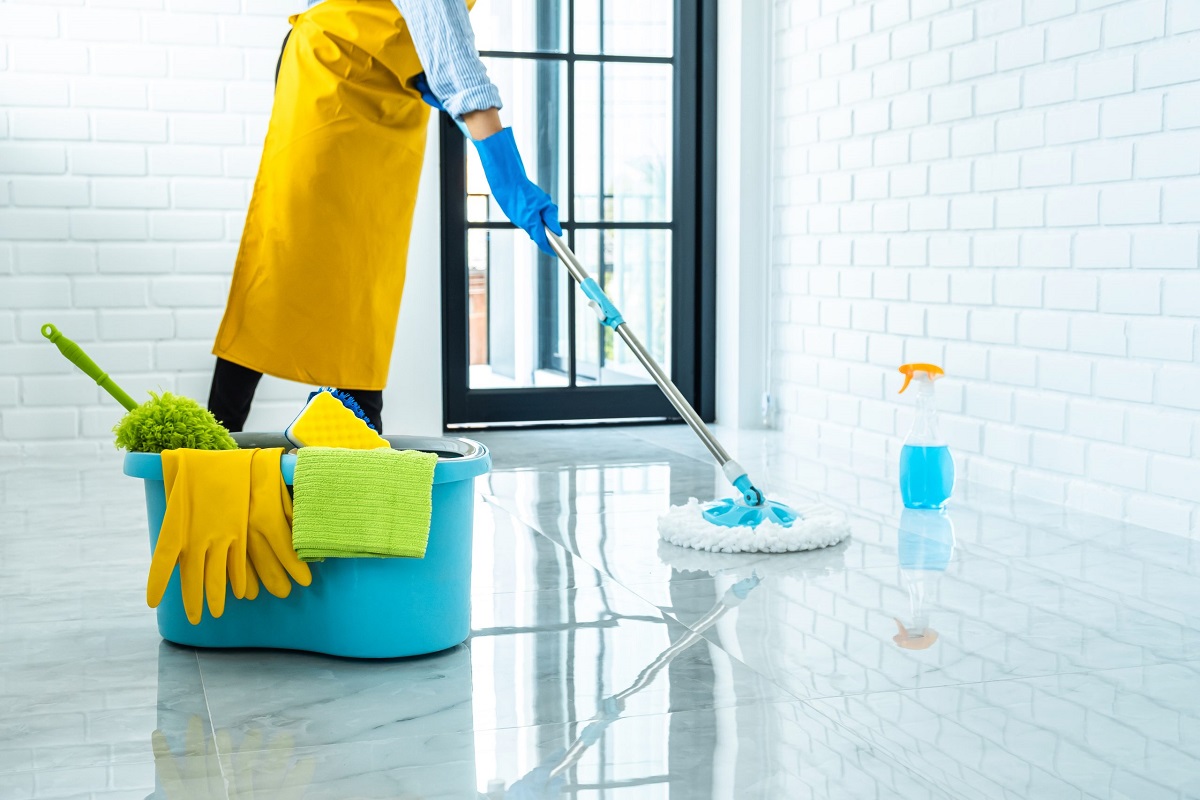

0 thoughts on “How To Clean Marble Floor”